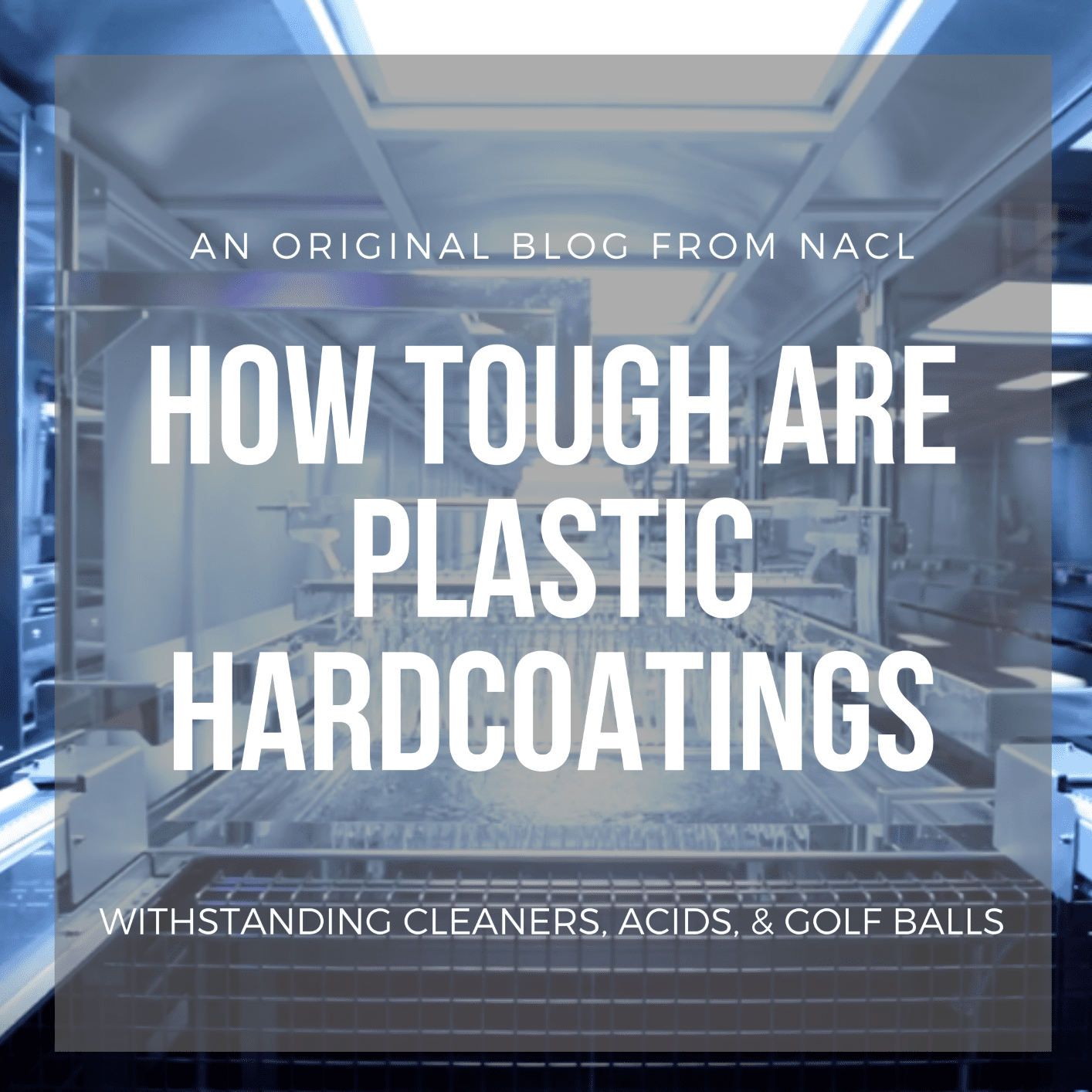Optical plastics continue to gain favor with designers and manufacturers in multiple industries due to their relatively low cost and flexibility in manufacturing processes. They also allow for numerous value-added enhancements that can improve their performance optically for a multitude of applications.
The only real drawback to machined, diamond-turned, or molded plastics is the material’s predisposition to abrasion and chemical attack. Luckily, there are coating solutions that help fight both issues and do not interfere with the optical integrity of the plastics.
There are a few application methods for plastic hardcoatings. The most popular are dip and spray applications. Additionally, plastic hardcoatings can be applied through a spin application. All of these application methods require some sort of catalyst to help cure the resin and flash off the active solvents in the resin. These catalysts are normally thermal or light (IR/UV) based and can be deployed in multiple ways in a manufacturing process.
The real question is how “tough” are these coatings once they are applied to a plastic. Understanding how much durability these coatings add to a manufactured polymer is important when specifying your durability requirements. In many cases designers and engineers mistakenly specify abrasion specifications intended for a glass optic for a plastic part. Obviously, this creates a challenge as in many cases the substrate won’t pass the test let alone the coating applied to the plastic optic.
So, assuming the specification is accurate and pertinent for a polymer optic a hardcoating can achieve some pretty impressive abrasion and chemical resistance. Hardcoatings can pass ASTM D1044 test Taber Abrasion (Δ % Haze) with levels of <7 after 500 revolutions. They will also stand up to chemical attacks from acetone, sodium hydroxide, Windex® and 1% solutions of hydrochloric acid.
Those tests are all impressive, but the real exciting tests come from the military and avionic industries. Our polysiloxane hardcoatings have passed a 12 shot hail test wherein a golf ball is fired at the coated plastic at 72mph 12 times and any degradation creates a failure mode. Additionally, we have coated plastics that pass salt/sulfur dioxide spray, fungus growth, and 600mph rain windspeed tests.
We’d love to chat more about your program and see if our coating solutions are a fit for your application. Please give us a call or send us an email so we can help you with your decision as to which process is most beneficial for your program.






